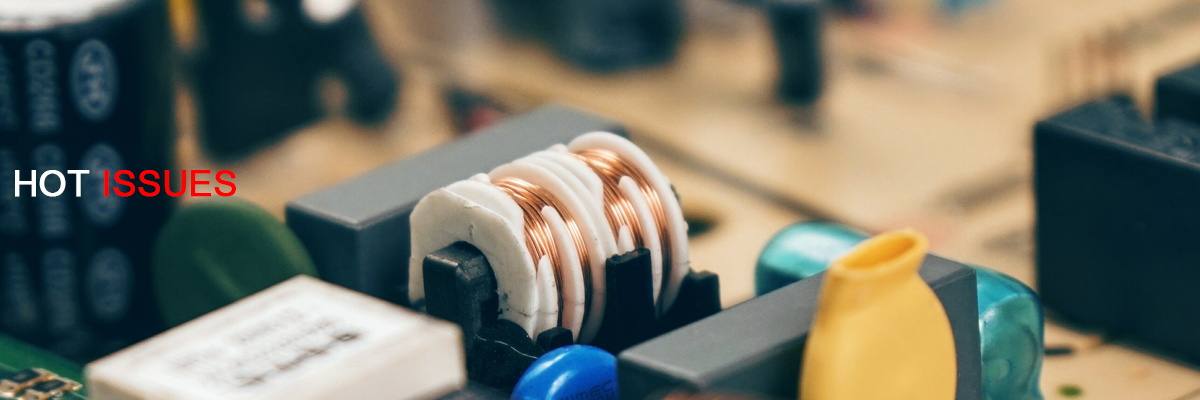
Release Time:2018-09-26 Publisher:admin
Besides knowing how PCB is layered, you should know technical terms accompanies the use of PCBs:
• Annular ring. The copper ring that surrounds the holes on a PCB.
• DRC. An acronym for design rule check. Essentially, DRC is a practice whereby the design of a PCB is checked for its functionality. Details that are checked include the width of the traces and drill holes.
• Drill hit. Used to describe all holes on a PCB, whether correct or misplaced. In some cases, a hole might be slightly incorrect due to dull drilling equipment used during the production.
• Finger. Metal exposed along the board edge that serves as connecting points between two PCBs. Fingers are most often found on old video games and memory cards.
• Mouse bits. A PCB section overly drilled to the point where it threatens the board's structural integrity.
• Pad. An area of exposed metal on a PCB, onto which a soldered piece is generally applied.
• Panel. A large circuit board consisting of smaller boards, which are eventually separated for individual use.
• Paste stencil. A metal stencil on a board, onto which paste is placed for soldering.
• Plane. A larger section of exposed copper on a PCB, which is marked by borders but lacks a path.
• Plated through the hole. A hole that goes straight through a PCB, usually for the purpose of connecting another component. The hole is plated and usually features an annular ring.
• Slot. Any hole that isn't circular. PCBs with slots are often high priced due to the production costs of creating odd-shaped holes on a circuit board. Slots are typically not plated.
• Surface mount. A method whereby external parts are mounted directly to PCB without through holes.
• Trace. An ongoing line of copper across a PCB.
• V-score. A place where the board has been partially cut. This can render a PCB vulnerable to snapping.
• Via. A hole through which signals travel between layers. Tented versions are covered with protective solder mask, while the untented vias are used for connector attachments.
The number that precedes a layer refers to the exact number of conducting layers, be it a routing or plane layer - the two layer types. Layers tend to have the number 1, or any of the next four even numbers: 2, 4, 6, 8. Layer boards sometimes have odd numbers, but these are rare and would make hardly any difference. For example, the PCB material in a 5 layer or 6 layer board would be virtually identical.
The two-layer types have different functions. Routing layers feature tracks. Plane layers serve as power connectors and feature copper planes. Plane layers also feature islands that determine the signaling purpose of a board, be it 3.3 V or 5 V.
FR4 is the code name for glass-reinforced epoxy laminated sheets. Due to its strength, as well as its ability to withstand moisture and fire, FR4 is one of the most popular PCB materials.